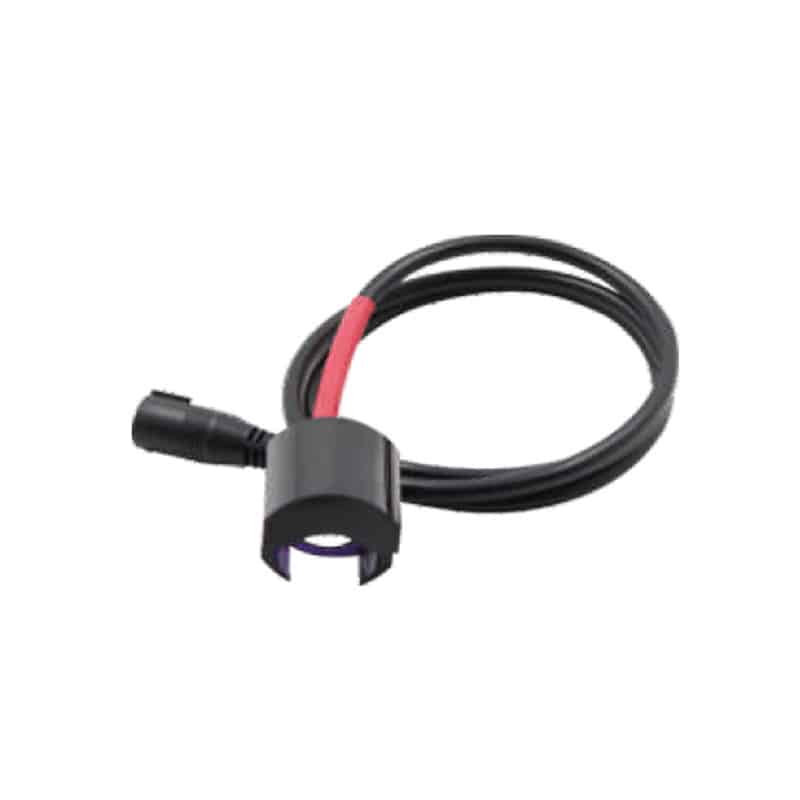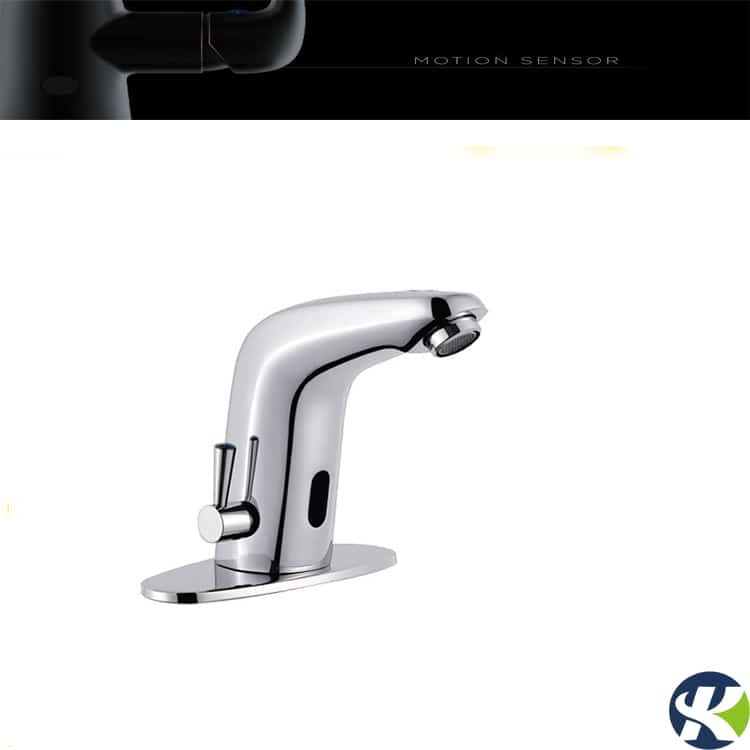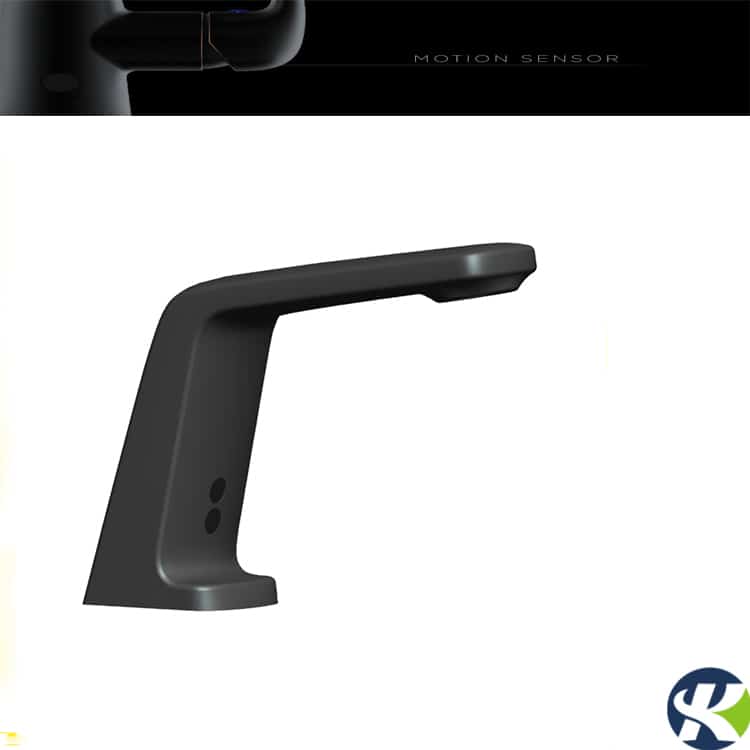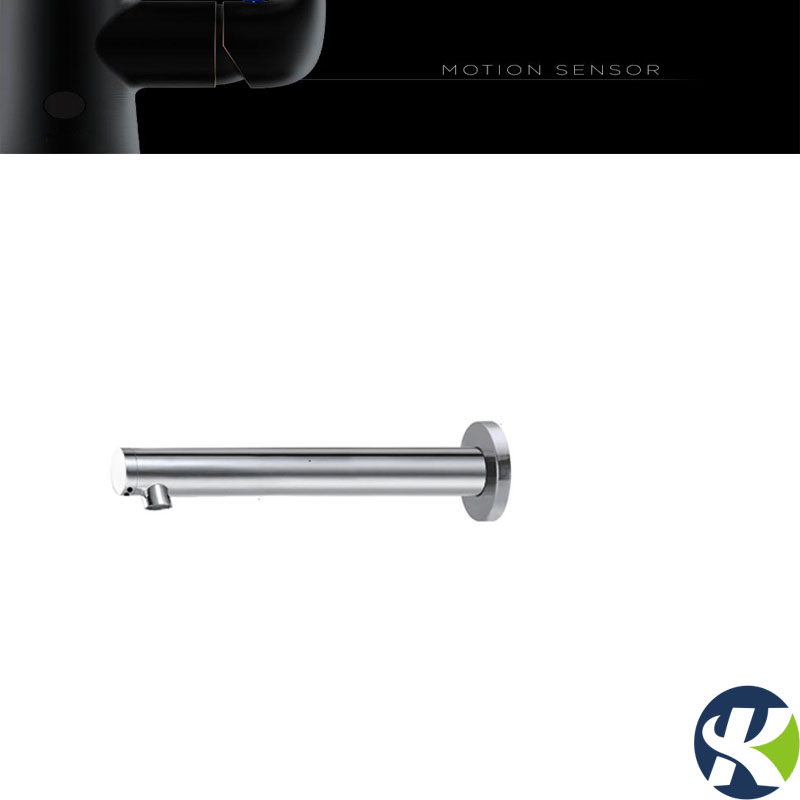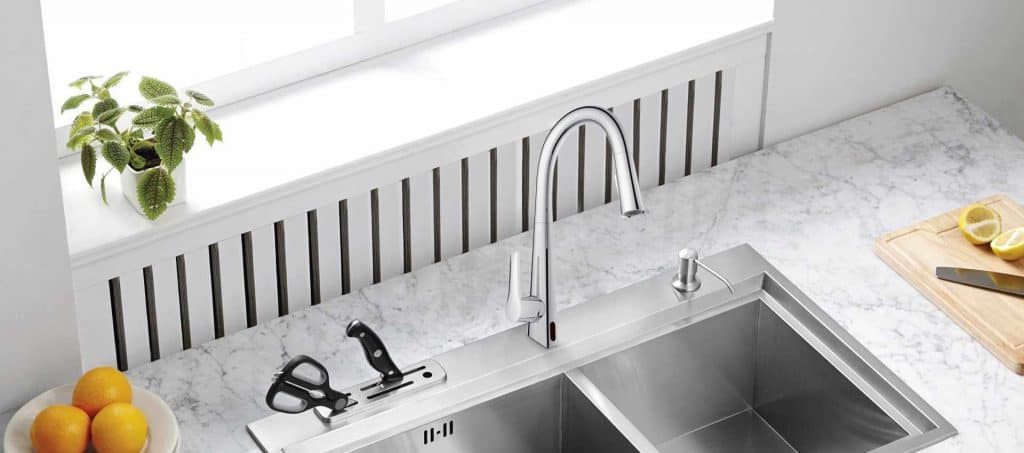
Touchless faucet is a magic faucet. It’s really a technological miracle. And when you will know how a touchless faucet works, you will surely be amazed.
Automatic kitchen faucets or touchless faucets are both convenient and enhance hygiene. For more details on touchless faucets, keep reading.
What Is a Touchless Faucet?
A touchless faucet uses active infrared sensor technology that allows you to start the flow of water without touching the faucet. Instead, just place your hand in front of the sensor will start the water flow, and the water will stop when you take your hand away. More excitingly, the design of most touchless faucets is stylish and elegant to fit all basins, sink or lavatory, from classic to modern.
Five Parts of a Touchless Faucet
There are five main parts that make up a touchless or automatic faucet. These parts include a spout, a sensor window, a solenoid valve, a power source and a waterproof connector.
1. Sensor
As the most important part, the work of the sensor is to forward the signals to the valve to turn on the faucet after detecting your hand. Its job is to inform the valve when to start or stop the flow based on the presence or absence of your hands. It has either infrared light or ultrasonic sensors. In most cases, infrared lights sensors are often placed at the tip of the spout.
So, what about the infrared light and ultrasonic field sensors? When your hand gets close to the lip of the spout, the infrared light reflects on the infrared detector. And immediately, the valve will receive a positive signal to turn on the faucet. In an ultrasonic field sensor. The water flows from the faucet when your hand movements come disrupt the sensors. In like manner, the flow stops when you remove the blockade.
Active infrared touchless sensors use the emission and reception of infrared beams to detect the presence and/or movement of objects or people in their field of detection. The technology is ideal for applications requiring a long and narrow detection range.
Microwave sensors or Doppler sensors detect movement within their field of detection thanks to the frequency of the electromagnetic microwaves they emit. They can detect from a distance of several meters even when the sensor is behind a solid material.
However, the infrared sensor touchless faucet is the most common type in the market.
2. Solenoid Valve
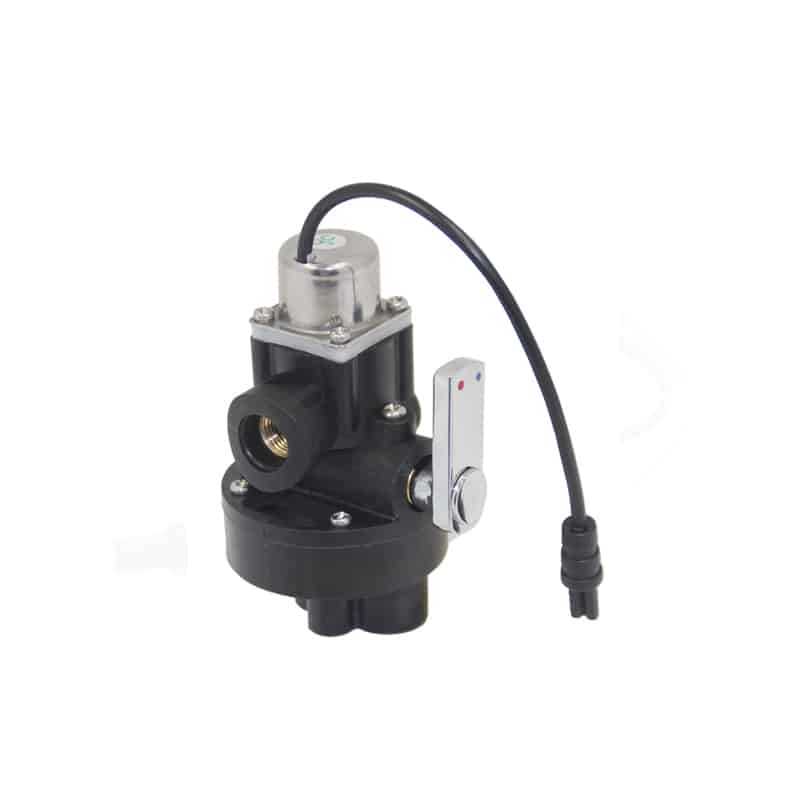
The positive or negative signals from the sensor control the solenoid valve. The polarity of the signal determines if the solenoid will either engage a pull or push actions. The valves control the water flow by using a rubber-like disc. When there is no signal, the valve is closed, meaning no water flow through the faucet. The presence of a hand will send a positive signal to the solenoid causing it to pull the valve open for water to flow. The solenoid will close up the valve by a push action when the hand is no more.
3. Power Source
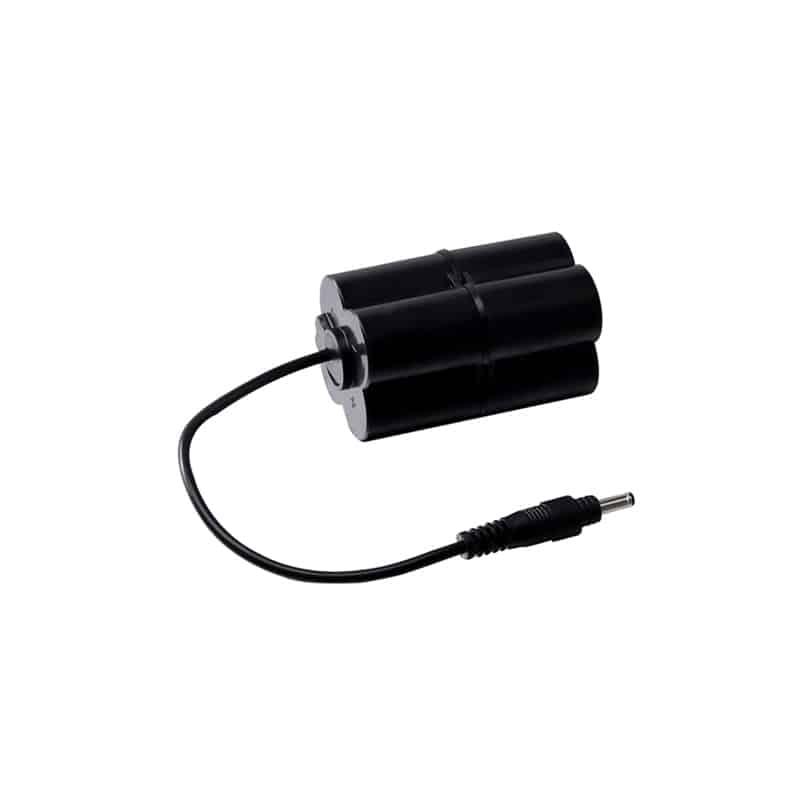
Every touchless or automatic faucet needs a power source in order to work, though the power sources can vary. While some models get their power from dry-cell batteries, other faucets will use a low-voltage current from an AC transformer.
Normally there will be three choices: DC 6V: 4xAA alkaline batteries; AC: using a transformer to transfer power from 220V/380V to 6V; Both DC/AC models existed, firstly use AC power to work, if AC no power then DC start to work. Some touchless faucets may use DC 3V or lithium batteries.
4. Spouts
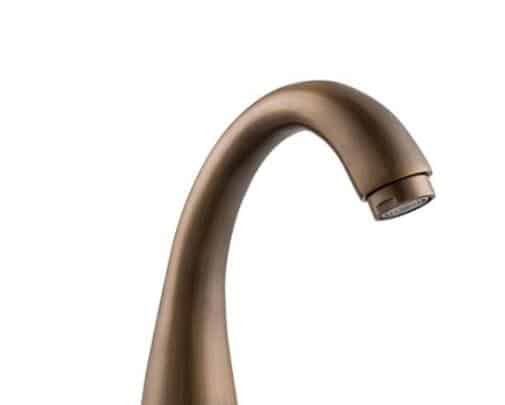
All other parts of an automatic touch faucet are housed by the spout. They are available in different materials. The expensive models are often made of brass. The while the cheap types are of zinc materials.
Most manufacturers often cover the faucets with chrome or nickel. This is to enhance its appearance and durability.
You’ll find spouts of different styles. They often match with your kitchen fixtures and lifestyle. Faucet spouts are some of the things that will make your visitors wish to spend more time in your kitchen. Thus, you should pay more attention to the finish and shape of the spout as well.
5. Waterproof connector cables
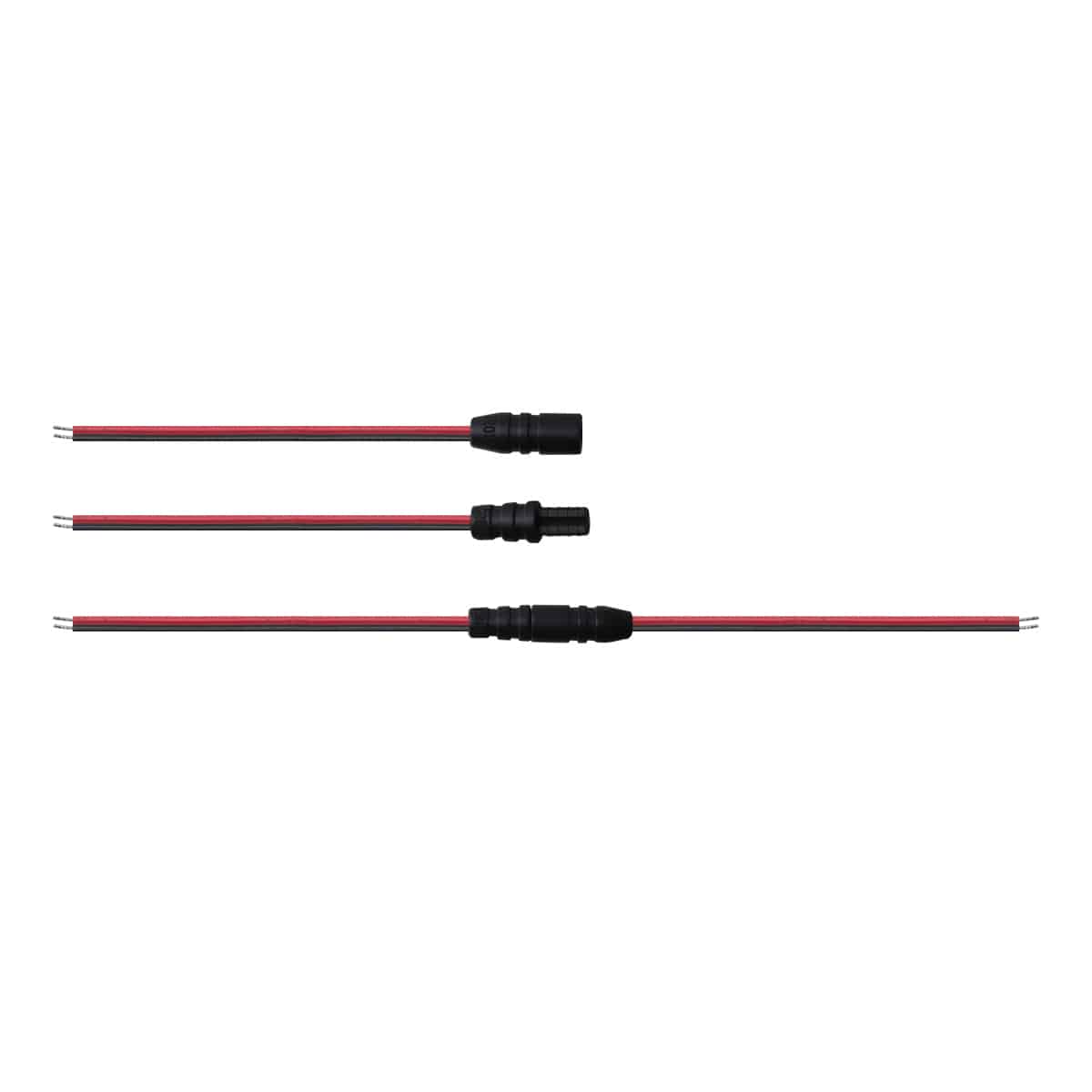
As a key part, the waterproof connector cables connect every subpart, like a bridge to connect the sensor with a solenoid valve and power battery or AC Adapter. Also considering the humidity of the bathroom and toilet environment, it has high requirements to the electronic control system and every electronic components. In order to solve the problem,KEGE develops and designs anti-plug water-proof connector cables.It effectively increases the stability and reliability of the whole control system and the life of the touchless faucets, automatic urinal flusher, automatic toilet flusher and so on. What’s more, the waterproof grade of the cable reaches ip67.
How Does A Touchless Faucet Work?
After introducing of five key parts, I will let you know how a touchless kitchen faucet works.
- When the presence sensor detects anything below it, the sensor will give a signal to the solenoid valve to let the water flow out. But, as soon as the presence sensor detects the absence of that object, it will instruct the solenoid valve to discontinue the water flow after a fixed quantity of time. On the other hand, some advanced faucet models have an ultrasonic field sensor that orders the valve to start water flow when your hands interrupt the ultrasonic field.
- Usually, a solenoid-actuated diaphragm valve is used to start and stop the flow of water.
- The spout holds optical fiber cables that attach it to the presence sensor. Then, the presence sensor conveys its signals through this fiber optics. The spout may also include batteries in some models.
- The waterproof connector as a bridge connects the sensor, battery and solenoid valves.
Simply, when the presence sensor or light sensor detects an object, it permits the solenoid which pulls the valve to begin the water flow. If it does not detect the same thing or anything in front of it, it orders the solenoid that will stop the water flow after a period of time (around 30 seconds) by pushing the valve.
How do touchless kitchen faucets work?
Touchless kitchen faucets use infrared sensor technology that allows you to start the flow of water without touching the faucet.
Once the motion sensor detects the hands’ movements, it gives a signal to the MCU to control the whole action. The MCU gives a signal to the solenoid valve to open or close the water flows. It’s quite simple for the whole action.
So when you wave your hands in front of the sensor, the water starts within less than 1 second. If you wave again, the water stops. Water can also automatically stop after 3mins continuous flows. 3 mins are just the set time, you can adjust it by yourself or before the shipment.
Finally
Touchless faucets are getting popular in most of modern houses all around the world. Surprisingly, now you will find a lot of people who are interested to know how a touchless faucet works. This is because these faucets are simple to use, and they also look gorgeous, it is convenient and Hygienic.

